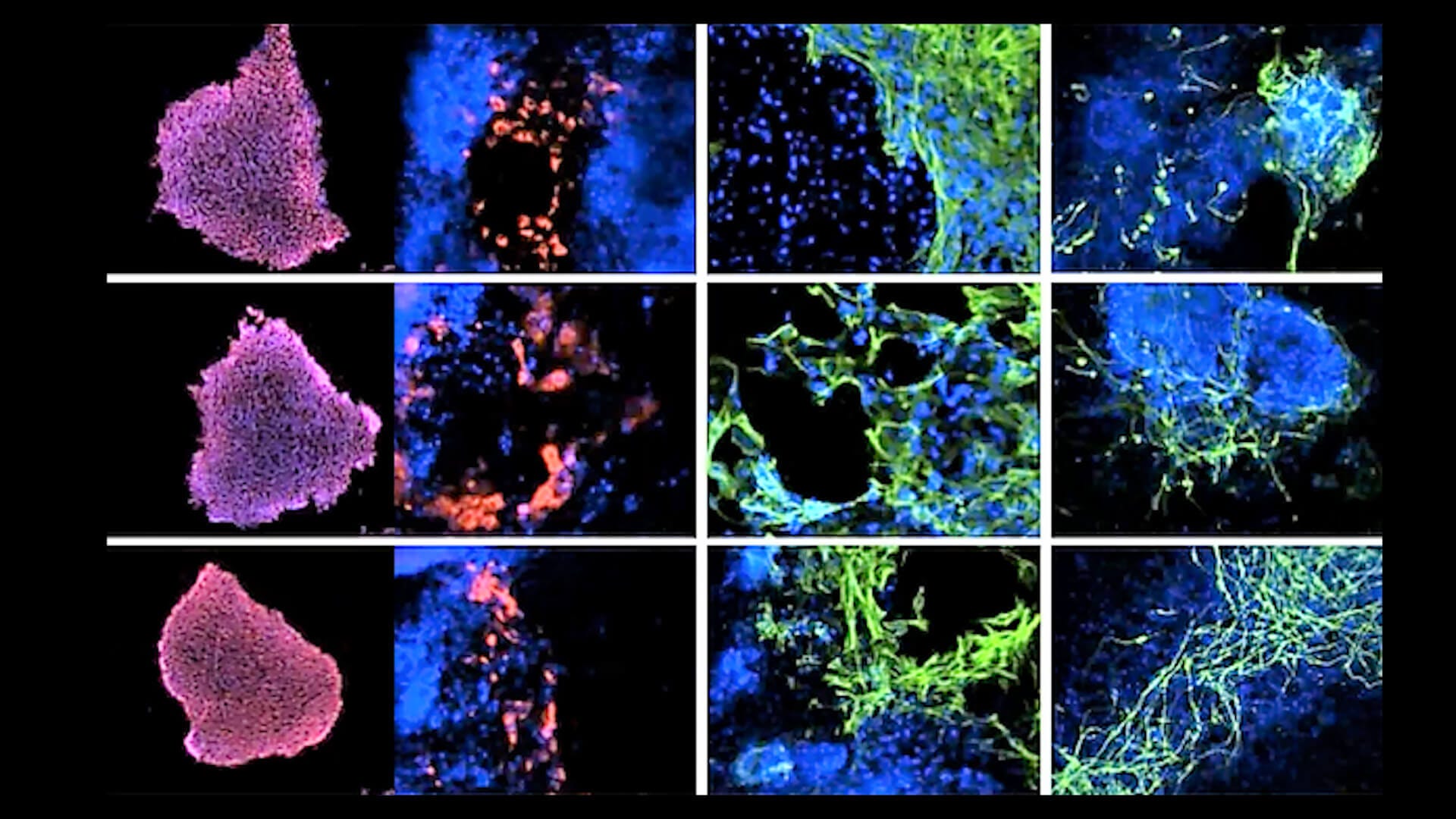Neurological Disease Modeling
Due to the difficulty in obtaining human brain tissue for experimental studies, animal models have traditionally been popular tools for neurological disease modeling and therapeutic evaluation. In recent years, however, researchers have begun using induced pluripotent stem cells (iPSCs) to generate more representative models for studying human neurological disease. These iPSC-based models, including iPSC-derived neurons, glia, neural organoids, and co-cultures, hold tremendous potential for drug discovery applications and studying human neurological disease. Researchers can now generate patient-specific differentiated cell types, bridging the translational gap between studies using animal models and clinical research.
We’ve created these resources to help you with your research in neurological disease modeling and drug discovery, and to give you a taste of what others are doing in the field.
Modeling Genetic Epilepsies with Induced Pluripotent Stem Cells
In this webinar, Dr. Andrew Tidball discusses current and potential uses of iPS cells for modeling epilepsies, how to develop different iPS cell-based model systems, as well as the key advantages and drawbacks of using these model systems.
View Now >-
 Advancing Neurological and Retinal Research with Genetically Diverse Human iPSC-Derived ModelsIn this webinar, Andrew Gaffney, Director of Stem Cell Manufacturing and Commercialization at ∫£Ω«∆∆Ω‚∞Ê Technologies, showcases how high-quality, genetically diverse iPSC lines and differentiated cells are advancing research in neurological and retinal diseases. Manufactured to meet ISSCR standards, these iPSC lines undergo extensive quality control, ensuring consistency and reliability for disease modeling and drug discovery. ∫£Ω«∆∆Ω‚∞Ê has optimized the differentiation of these iPSCs into mature, functional astrocytes and retinal pigment epithelial (RPE) cells that exhibit hallmark physiological behaviors.<br><br>As a supporter of, and participant in, ISSCR‚Äôs 2025 Annual Meeting, we share with you our presentation at ISSCR 2025. This presentation does not represent an endorsement from or support of the ISSCR.
Advancing Neurological and Retinal Research with Genetically Diverse Human iPSC-Derived ModelsIn this webinar, Andrew Gaffney, Director of Stem Cell Manufacturing and Commercialization at ∫£Ω«∆∆Ω‚∞Ê Technologies, showcases how high-quality, genetically diverse iPSC lines and differentiated cells are advancing research in neurological and retinal diseases. Manufactured to meet ISSCR standards, these iPSC lines undergo extensive quality control, ensuring consistency and reliability for disease modeling and drug discovery. ∫£Ω«∆∆Ω‚∞Ê has optimized the differentiation of these iPSCs into mature, functional astrocytes and retinal pigment epithelial (RPE) cells that exhibit hallmark physiological behaviors.<br><br>As a supporter of, and participant in, ISSCR‚Äôs 2025 Annual Meeting, we share with you our presentation at ISSCR 2025. This presentation does not represent an endorsement from or support of the ISSCR.












